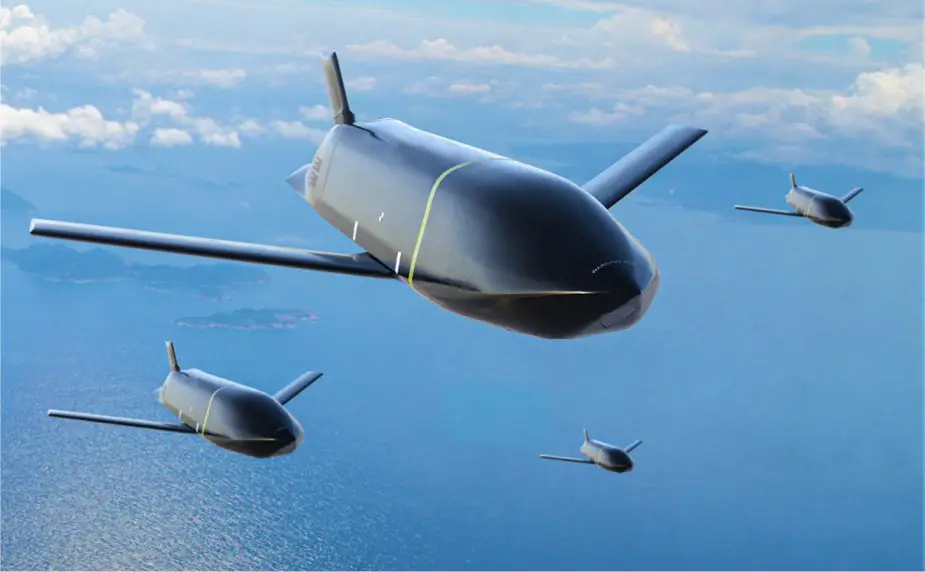Breaking news
Historic LRASM Flight Test achieved by US Navy & Lockheed Martin.
According to a PR published by Lockheed Martin on April 3, 2024, the U.S. Navy has successfully executed an unprecedented flight test involving the simultaneous launch of four Long-Range Anti-Ship Missiles (LRASM).
Follow Navy Recognition on Google News at this link
 Long-Range Anti-Ship Missile. (Picture source: Lockheed Martin)
Long-Range Anti-Ship Missile. (Picture source: Lockheed Martin)
The test, known as the 12th Integrated Test Event (ITE-12), showcased the formidable lethality and precision of LRASM from the initial mission planning stages through to the successful integration within the kill chain and the eventual devastating impact on the target. The flawless execution of all mission objectives during the test underscores the weapon's reliability and superior firepower, bolstering confidence in its operational readiness.
The LRASM plays a critical role in strategic deterrence by providing the U.S. Navy and Air Force with a stealthy, long-range strike capability against enemy warships. Its deployment is aimed at denying adversaries the ability to project naval power, especially in contested areas such as the South China Sea or the Taiwan Strait.
The strategic importance of the LRASM is also reflected in the context of lessons learned from recent conflicts, such as the war in Ukraine. The conflict has underscored the value of having a robust, long-range strike capability to counter adversaries equipped with advanced anti-access/area denial (A2/AD) systems.
Technical data
The LRSAM boasts a mass of approximately 2,760 pounds (1,250 kilograms) and dimensions estimated at 14 feet (4.26 meters) in length, with a width of 25 inches (635 mm) and a height of 18 inches (450 mm). Its wingspan extends to 8 feet 10 inches (2.7 meters).
The warhead, a WDU-42/B high-explosive blast fragmentation penetrator, weighs in at 1,000 pounds (453.6 kg) and is set off by an FMU-156/B fuze. Propulsion is provided by a Williams F107-WR-105 turbofan engine, enabling an operational range of 200 nautical miles (370 km).
Its guidance system is notably advanced, utilizing GPS, INS, IIR (Electro-Optical), and AI for enhanced target detection capabilities through on-board sensors. Maneuverability is achieved through moving wings, two horizontal tailplanes, and one vertical stabilizer, ensuring an accuracy of 9 feet 10 inches (3 m) CEP.
The system can be launched from various platforms, including air launches from B-1 Lancer, F/A-18E/F Super Hornet, and integrating into F-35 Lightning II and P-8 Poseidon. Surface launch capabilities are being explored with systems such as the Mk 41 Vertical Launching System (VLS) and the High Mobility Artillery Rocket System (HIMARS).



























